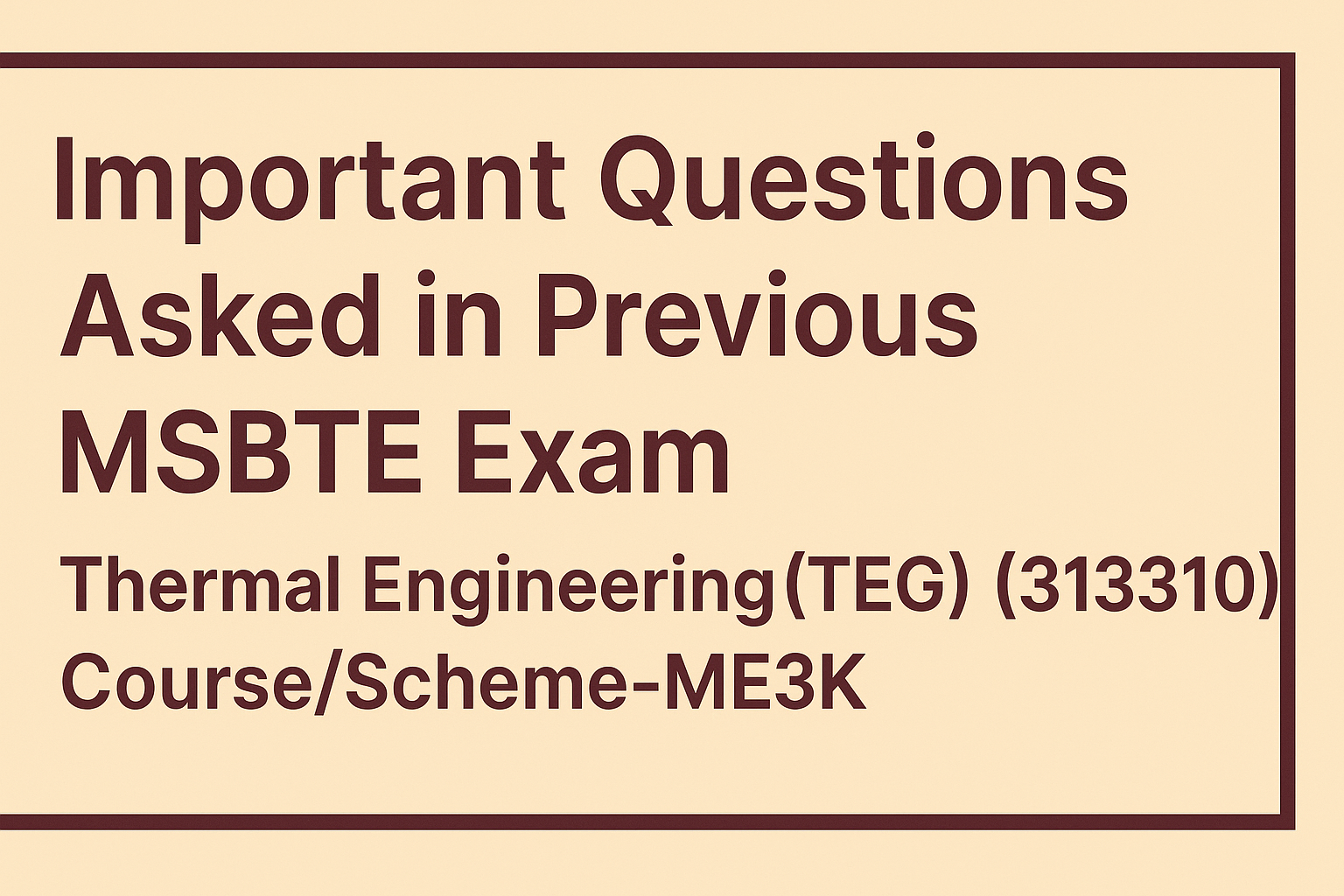The main goal of any engineering laboratory or fieldwork in the technical education system is to build the crucially important competences and abilities that are applicable to the industry. With outcome-based education as the focus, MSBTE developed these cutting-edge “I” Scheme curricula for engineering diploma programmes with this in mind. As a result, a sizable amount of time is provided for the practical work. This demonstrates the enormous importance of laboratory work and helps teachers, instructors, and students understand that every minute of lab time must be used wisely to create these goals rather than engaging in other pointless activities. Hence, each practical has been created to operate as a “vehicle” to develop this industry-identified capability in every student in order to ensure the successful implementation of this outcome-based curriculum.
It is challenging to build practical skills using “chalk and duster” activities in a classroom setting. In light of this, the team responsible for developing the “I” scheme laboratory manual devised the practical to put an emphasis on the results rather than the conventional, long-standing practise of conducting practical to “check the theory” (which may become a byproduct along the way). This lab manual is intended to assist all participants—particularly students, teachers, and instructors—in fostering in the learner the pre-determined results. Each student is required to read through the relevant practical method they will perform the following day in-depth at least one day in advance and to comprehend the bare minimum of the theoretical underpinnings that go along with the practical. Every exercise in this guidebook starts with identification.
In this manual, each practical starts by outlining the competency, industry-relevant skills, course outcomes, and practical outcomes that serve as the practical’s primary focal point. The knowledge gained by the students as a result of the technique demonstrated there and the necessary safety precautions will enable them to apply it to solving real-world issues in their professional lives.
This manual also offers instructions to teachers and instructors on how to efficiently facilitate student-centered lab activities through each practical exercise by allocating and managing the necessary resources so that the students systematically adhere to the instructions and safety precautions, ensuring the students’ success. In the business world, measurement operations are accorded top priority. The practise of measurement is crucial.
Technology advancements have accelerated the development of measurement techniques, leading to a wide variety of instrumentation devices, inventions, and improvements. The goal of the course is to familiarise a Mechanical Engineering diploma holder with the principles of instrumentation, transducers, and measurement of non-electrical characteristics for engineering applications, such as temperature, pressure, flow, speed, force, and torque. Although every effort has been made to ensure that this laboratory manual is error-free, especially since this is the first edition, it is still not possible to guarantee perfection. Any such mistakes and recommendations for improvement can be made and are very much appreciated.


